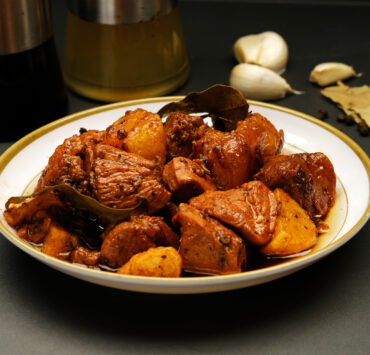Old news

The late National Artist Néstor Vicente Madali González, always greeted me with the question, “what’s new?” As a historian, I should have replied, “nothing, everything is old.” News is supposed to be shorthand for “Notable Events, Weather, and Sports.” I thought it meant: North, East, West, South. If a single, recent, and notable recent event is “new,” is the plural form “news”?
When I started writing in 1985, people got their news from print. If they sourced news on TV or radio, much of it was drawn from newspapers that, then as now, set the agenda for the day. Four decades after, news is read, viewed, or listened to on phones, tablets, laptops, or desktops. Print is nearly extinct. News is ingested in bite-sized pieces, served by social media platforms: Facebook, Instagram, X, and TikTok. Snippets of recent events could be read as “tweets” on X (formerly Twitter), or text on Facebook and Instagram posts. Then came TikTok encouraging Facebook and Instagram to go into video “Stories” (restricted to one’s friends/followers) and “Reels” (open to the universe). My early writing was long form, for magazines. Today, I write columns, short-form, limited to 5,000 characters.
My guilty pleasure is not porn but Reels that make me read less. I now know more about less and less. To make up, I enter a rabbit hole known as the “Times Machine,” the online archive of The New York Times. Other times, I binge on the portal to Southeast Asian newspapers opening prewar goodies like: El Renacimiento, Tribune, La Vanguardia, and even obscure newspapers from Cebu. From newspapers of February 1938, I read about the birth of Douglas MacArthur’s only son, named after an uncle, grandfather, and great-grandfather, making him Arthur MacArthur IV.
Two months before, on Dec. 31, 1937, Douglas MacArthur retired from active service in the United States Army with a “golden parachute”; he was field marshal of the Philippines. MacArthur’s connection with the islands ran in his blood. His father, Lt. Gen. Arthur MacArthur Jr., was the first American military governor of the Philippines in 1900.
So, long before he made the line “I shall return” famous, MacArthur had served four tours of duty in the Philippines: first, as second lieutenant of engineers (1903); second, as brigadier general, commander of the 23rd brigade and Philippine Division (1923); third, as commanding officer of the Philippine Department (1928); and fourth, as Commonwealth military adviser (1935). It was while serving in Manila that he was: promoted to major general (1925), and later appointed chief of staff, US Army (1930).
His career was exceptional: the youngest West Point superintendent (at 39 years old), youngest brigadier general (40), youngest major general (45), youngest chief of staff (50), and the only field marshal of the Philippines. MacArthur drafted what was to become Commonwealth Act No. 1, providing for the national defense of the Philippines that was, unfortunately, interrupted by World War II and the Japanese occupation of the islands.
In November 1937, New York state police Captain Thomas Dugan, detailed to the Commonwealth justice department, recommended fingerprinting all inhabitants of the archipelago during the census. He recommended the transfer of the fingerprinting and photographic departments of the Philippine Army to the justice department where all criminal records would be centralized. Universal fingerprinting wasn’t accomplished then as now, how much data has been collected for our national ID system?
People today try to evade traffic enforcers by using blinkers, attaching stickers of government agencies, fake plates, and name-dropping. These reminded me of October 1934 when acting Senate President Jose Clarin issued a statement denying he ever used “Plate Number Two” reserved to Senate President Manuel Quezon:
“Just to correct a misinformation, I wish to state that this is not true. I have only used said number when I am acting president of the senate and even then I do not use No. 2, as I have the right as acting president, but only No. 2-C.”
Opposition of buses and taxis to alternative forms of transport today is mirrored in March 1932 when “cocheros” of horse-drawn “carromatas” bucked competition by taxicabs! Manila City ordinances favored carromatas, described as “Filipino,” against taxis that were considered “foreign.” There were reports of rice shortage blamed, then and now, on Chinese middlemen and retailers. Another issue concerned meat. Those slaughtered in Manila required little or no refrigeration before sale. Meat from animals slaughtered outside the city were considered imports. These were more expensive due to unreasonable tariffs and inspection. A requirement for 20 days refrigeration added costs that priced it over meat from Manila.
I learn a lot from old newspapers. However, I always ask myself, after feeling déjà vu, when will the present stop reading like the past?
aocampo@ateneo.edu
Ambeth is a Public Historian whose research covers 19th century Philippines: its art, culture, and the people who figure in the birth of the nation. Professor and former Chair, Department of History, Ateneo de Manila University, he writes a widely-read editorial page column for the Philippine Daily Inquirer, and has published over 30 books—the most recent being: Martial Law: Looking Back 15 (Anvil, 2021) and Yaman: History and Heritage in Philippine Money (Bangko Sentral ng Pilipinas, 2021).


















